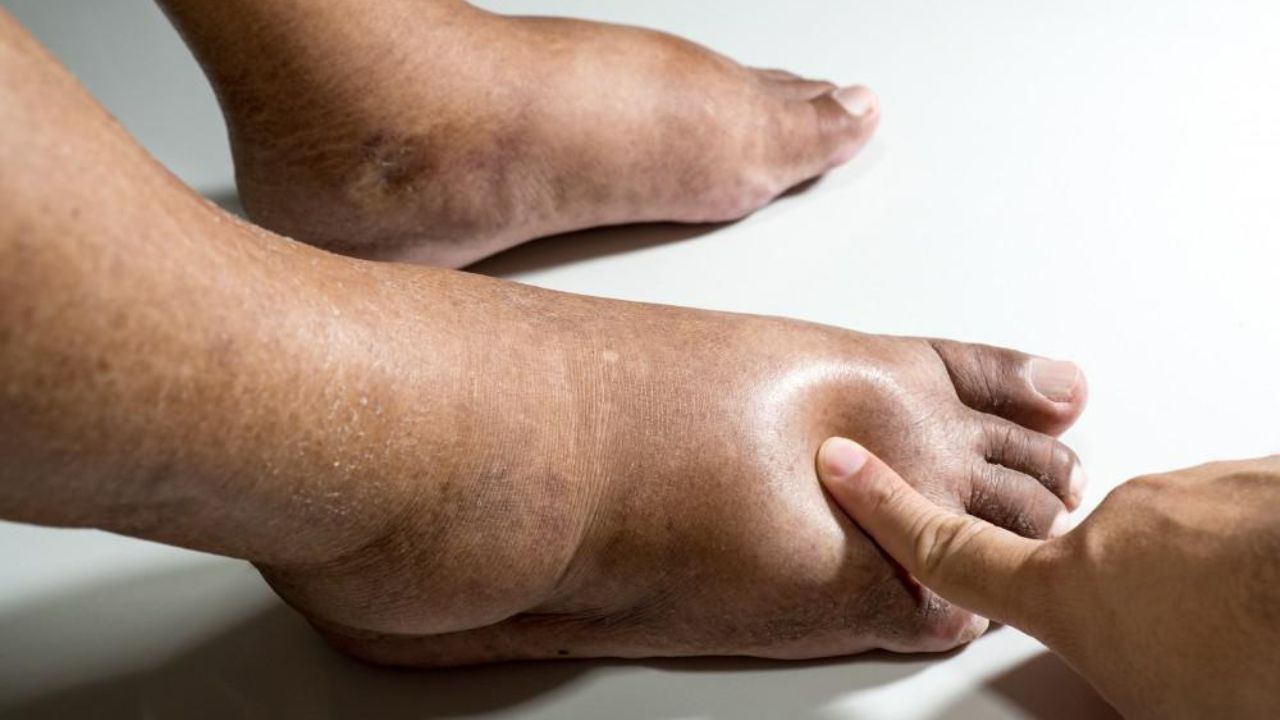CHANDIGARH
Diabetic foot issues can result from uncontrolled diabetes. Yes, you’re right. Poor circulation and nerve damage may result in chronic wounds, blisters, discomfort, and infections.
Diabetes-related neuropathy, circulatory issues, and foot injuries are all made more likely by high blood sugar levels.
The symptoms and indications of diabetic foot include darker skin in the afflicted area, diminished perception of heat or cold, numbness, discomfort, and tingling, changes to the skin or toenails, such as cuts, blisters, calluses, or ulcers, pus discharge, an unpleasant odour, redness, and soreness.
The wound can be cleaned, the pus from the ulcer can be drained, and the wound can be bandaged or treated with an ointment to speed up recovery. To treat the illness, you can also be instructed to get IV antibiotics. You simply need to avoid self-medication and adhere to the doctor’s advice.
- Keep your feet elevated to promote blood flow there, exercise daily, wear loose socks as prescribed by your doctor, clip your nails, and avoid walking barefoot since there is a risk of damage. You should also refrain from smoking and from trimming calluses or corns.
- Infections, amputations, and serious abnormalities must be avoided by routine checks.
- Apply lotion to your feet if the skin there is dry. Your physician can advise you on the sort of lotion that will work best for you.
- Keep feet from getting too hot or too chilly. If your feet are cold at night, wear tights. At the beach, dress appropriately.
- Select the properly suited shoes that the professional suggests.

 हिंदी
हिंदी






